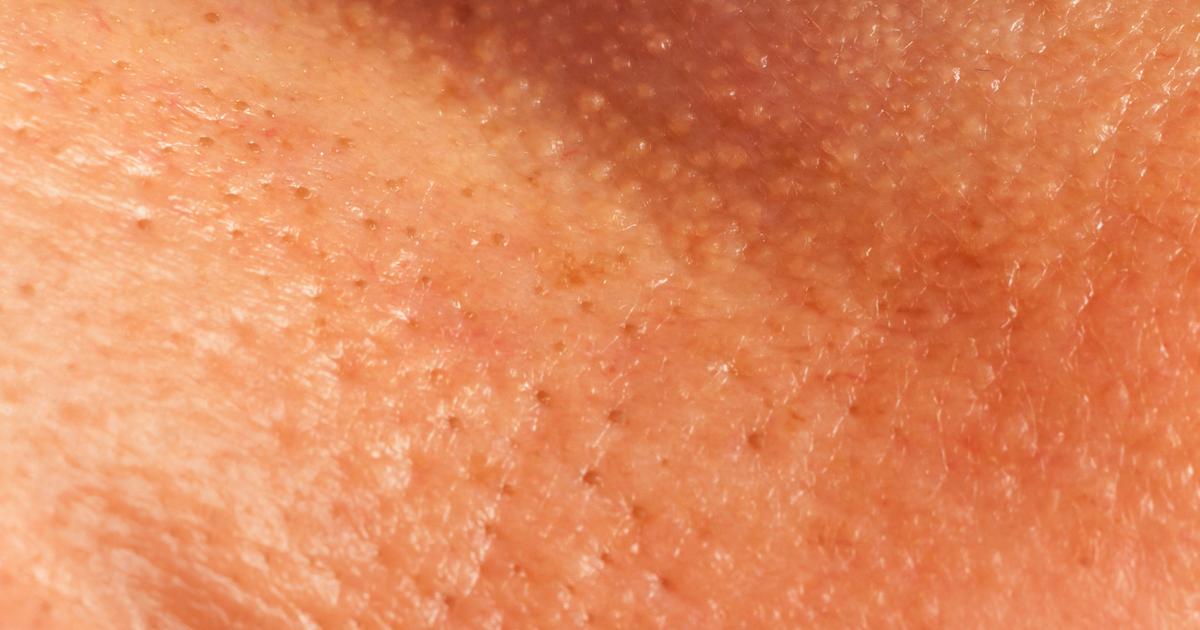Risk Factors And Causes Of Dermatitis Neglecta
Dermatitis neglecta is a skin condition due to too much sebum (otherwise known as oil), corneocytes, and sweat to gather on the skin. This eventually causes the skin to develop a hyperpigmented patch or a plaque. The skin is a necessary part of overall health for an individual and it is necessary to take care of it properly. The skin needs to be cleansed of grease and germs. It also needs to be exfoliated consistently to get rid of the dead skin cells that build up on the top layer of the skin.
It is a treatable condition. For many, simply adding proper hygiene to the routine will alleviate symptoms and clear up the skin. Some need to purchase over-the-counter products to help the skin get rid of the dead skin cells.
Oil and Sweat

The skin produces an oily substance called sebum secreted by the sebaceous glands. It is supposed to help the skin stay healthy by providing moisture to the hair and skin. It is made of fatty acids, squalene, cholesterol and wax esters, which help keep the skin healthy. It also protects the skin by keeping it moisturized and flexible and acts as a barrier to keep fungus and bacterial infections from penetrating the skin. However, when too much sebum collects on the surface of the skin and is combined with sweat or oil, it can lead to dermatitis neglecta.
An easy way to remove oil and sweat from the surface of the skin is to use soap and a dry brush. Oil cleansing also dissolves excess sebum on the skin if traditional cleansers irritate the skin. Oil cleansing can also clean out clogged pores and remove dead skin cells. If patients are concerned the treatment is not working, they should see a dermatologist for further treatment.
